Mt. Balagbag— Perfect for quick getaways near the metro!
Gerri Sacop • April 26, 2020
One of our dreams is to escape the metro in a DIY climb where we don’t need to hire a guide, join some tour we see on facebook, or endure a 5-hr drive to the province and walk some 4 hrs just to get to the peak of a mountain- For me, at least. Well,I can actually do it, it’s just that I don’t want to; unless if it’s a really big group and a lot of my friends are going as well. Hell, I’d take a car up to the mountains if I could— but we’re not in Cebu so that’s highly unlikely.
I’m not gonna be a hypocrite and say that I like the struggles of climbing just to see that mystical peak even for a few hours. If I had any chance to get to the top with very little time spent on ascend and get longer hours on staying, I would’ve grabbed it. I’m a lazy traveler and I’m not gonna deny it. So when Mt. Balagbag was introduced to us by our friend, CJ Leung, it instantly became my favorite out of the few I was able to climb.
Mt. Balagbag is some 700+m above sea level and is located somewhere between Bulacan and Rizal provinces. It has been rated with a difficulty level of 3/9 and the hike.. Well— I planned on skipping the travel part but it’s worth including even on bullet points because it’s super cheap, not even over 500 back and forth (and that’s already an over estimation) except for the food of course.
- From EDSA, ride a bus to Tungko, Bulacan
- Then you need to get off in the Tungko jeep terminal and ride a jeep to Licao-Licao (they’d wait for the jeepney to be of full passengers before going but not a problem since a lot is taking it anyway)
- From there, you’re gonna get off the barangay hall to register your names and pay some 10-20 for the environmental fee
- And from the barangay, you can start walking to the “jump-off” as they call it, OR if you’re really THAT lazy, you can actually take a tricycle ride (we didn’t) which would cost 30 something each
The trail— it’s actually a small road (I did mention being able to take a tricycle ride) so when going up, you might encounter cars / tricycles passing by. You can the mountain by car but it has to be an SUV, not sedans.
The road is a rocky one and has a very gradual assault. Although I was so out of breath most of the time and super sweaty (what did I expect?), it’s really not a hard climb. Just to be fair, I don’t regularly do hikes or even workout. My best exercise daily is scrolling on my phone through facebook— no judgements. There are no cliffs, no trees to climb on, no elevated stops you need to pull your body up from— it’s a plain and simple walk on a rocky road.
There are a few stops along the way though. Not actually stops but convenience stores and wooden benches you can rest on if you ever feel the need to. After an hour or so, you’d reach some sort of entrance where you need to pay 30 if you’re staying overnight (not bad especially with the night view waiting to be seen).
From there you can walk 30 minutes more to reach the peak or choose a campsite anywhere near and just explore the top by the next morning— we choose the later.
Mt. Balagbag
On reaching the almost top part, you can then see the astounding Sierra Madre and a view of Metro Manila cityscape as well. We got there around 6pm so the sunset added to the scenic view. WOW! I couldn’t stop taking a picture after a picture, everywhere was so instaworthy!
A few hours and our tents were already set up and dinner, almost cooked. As much as I instantly became a fan of Mt. Balagbag in the morning, I couldn’t compare the speechlessness I had seeing it at night!
Our camp was positioned somewhere facing the metropolis so we got to experience this picturesque lights, overlooking the city as the wind grew colder.
It was such an amazing sight— with the open skies, stars (only a little because then, it rained. But my second visit, the stars were overwhelming!) plus the bright moon. So beautiful it’s going to make you dramatic, it made me!
I best imagine it with some bonfire in the middle of our tents but of course, it’s practically not allowed especially how much forest fires happen these days. But that’s what we have our portable power station for! Our LED light was on all night, our phones, with all the non-stop photo shoots posing for the unbelievable mountain view, made it through the whole trip, and our speakers as well (though we also brought a guitar with us for some jam by the tents)!
This is the beauty and importance of portable power stations— you get to have all these luxuries in places with very minimal reach of electricity. Super reliable and the compactness, it’s like carrying with you some additional speaker (yep, lightweight). It gives so much advantage accommodating you and your friends’ power needs worry-free! You don’t even need to be thrifty with your power banks. It’s a must!
So yeah, with a few Easter games (we were here on holy week, I forgot to mention), some OPM jam, and getting to know new people (we were only united by one common friend— thanks, CJ!)— it instantly became one of my best summer nights… until it rained. Lol. We were almost sleeping then but it wasn’t a full-fledged rain— just droplets of water you can feel through the tent so we still managed to sleep a little tight… but wetter than usual.
We were waken up by CJ in the morning and caught a glimpse of a “sea of clouds” for some 30 seconds to a minute— it was a little late in the morning so we didn’t expect to see it longer. In fact we didn’t expect to see any at all!
We took the chance of having the sun up but not too hot yet on going up the peak and around the mountain top. I can’t emphasize how much pleasing to eyes the verdant hills were and oh, those magnificent mountain ranges— Sierra Madre is some sort of heaven.
All sides of it were super scenic! Here are some pictures.
PS: The color was a preset I made in lightroom. It was, at the time, dramatic looking. Now I wish I didn’t delete the originals. It looks artistic, nonetheless. So I still ship ‘em.
The Mt. Balagbag group, on Holy Weekend 2018.
The camp.. all to ourselves.
I have a thing for dramatic rocks at a mountain top.
There’s like an endless layers of mountains.
Fun fact: Some battle scenes in the movie “GOYO: Ang Batang Heneral”, the second installment of Jerold Tarog’s award-winning “Heneral Luna” was taken in Mt. Balagbag
The view after sunset
I had so many pictures taken then but had to delete most because I probably took 20 photos of the same view! I thought pictures could give it justice but, wait till you get in Mt. Balagbag yourself.
Just a short pro-tip on how to enjoy your stay in Mt. Balagbag— (1) Stay overnight, or two nights if you can! It’s an awesome way to get off from the busy metropolis noise, (2) be gadget ready— portable power stations, (3) bring a guitar or speaker, music always makes scenes better, (4) bring just enough food, I doubt you’ll be munching on a lot if you’re gonna go out with friends here— it’s mostly gonna be music and fun catchups, and lastly, (5) this one’s probably a no brainer— be with “your” best people. Mountains, city lights, music, food, and friends— I’m telling you, you’re gonna have a hell of a weekend (or weekdays!)
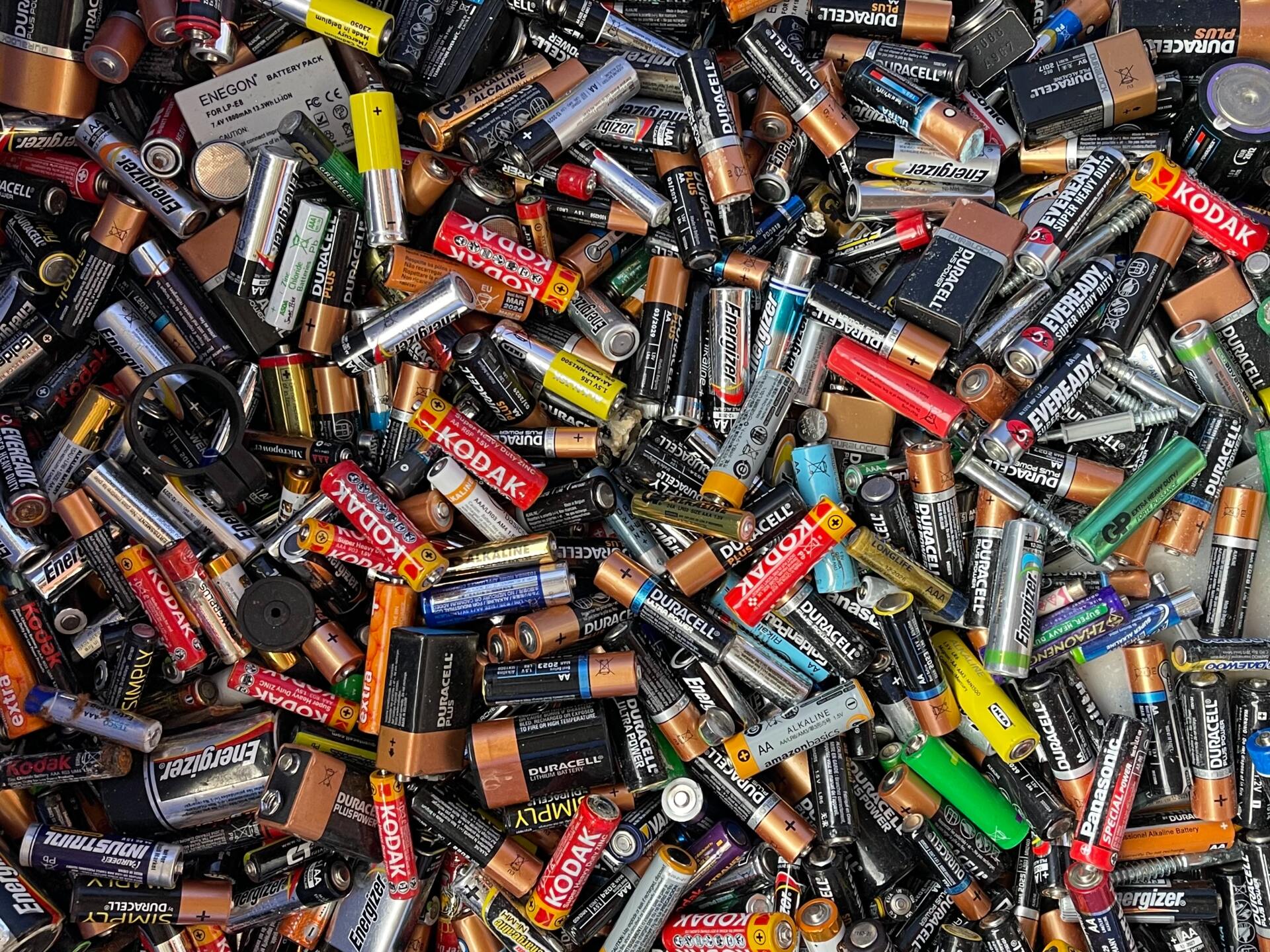
Batteries, all shapes and sizes, have their respective specification. Though we can simply distinguish or define them via their names or composition, it is also important to know what they are truly capable of and how they are meant to be used. In this article, we are going to tackle one spec of a battery that is always been taken for granted, this may not be not that be not that life-changing for a conventional battery user but it is nevertheless important for developers and designers. The C-rating of a particular battery indicates how fast it can charge and discharge with respect to time. For example you have a 1000mAh battery, we cannot totally assume that it can deliver a 1000mA for an hour if it doesn’t have a C-rating of 1C - The same 1000mAh battery might only be able to deliver 500mA for a period of 2 hours if it is rated 0.5C. Knowledge of C-rating is important because the available stored energy after a period of time of a battery is dependent on its charge/discharge rate. C-RATING TIME CHART Below is a list of C-rates with their corresponding charge/discharge time for conventional batteries.
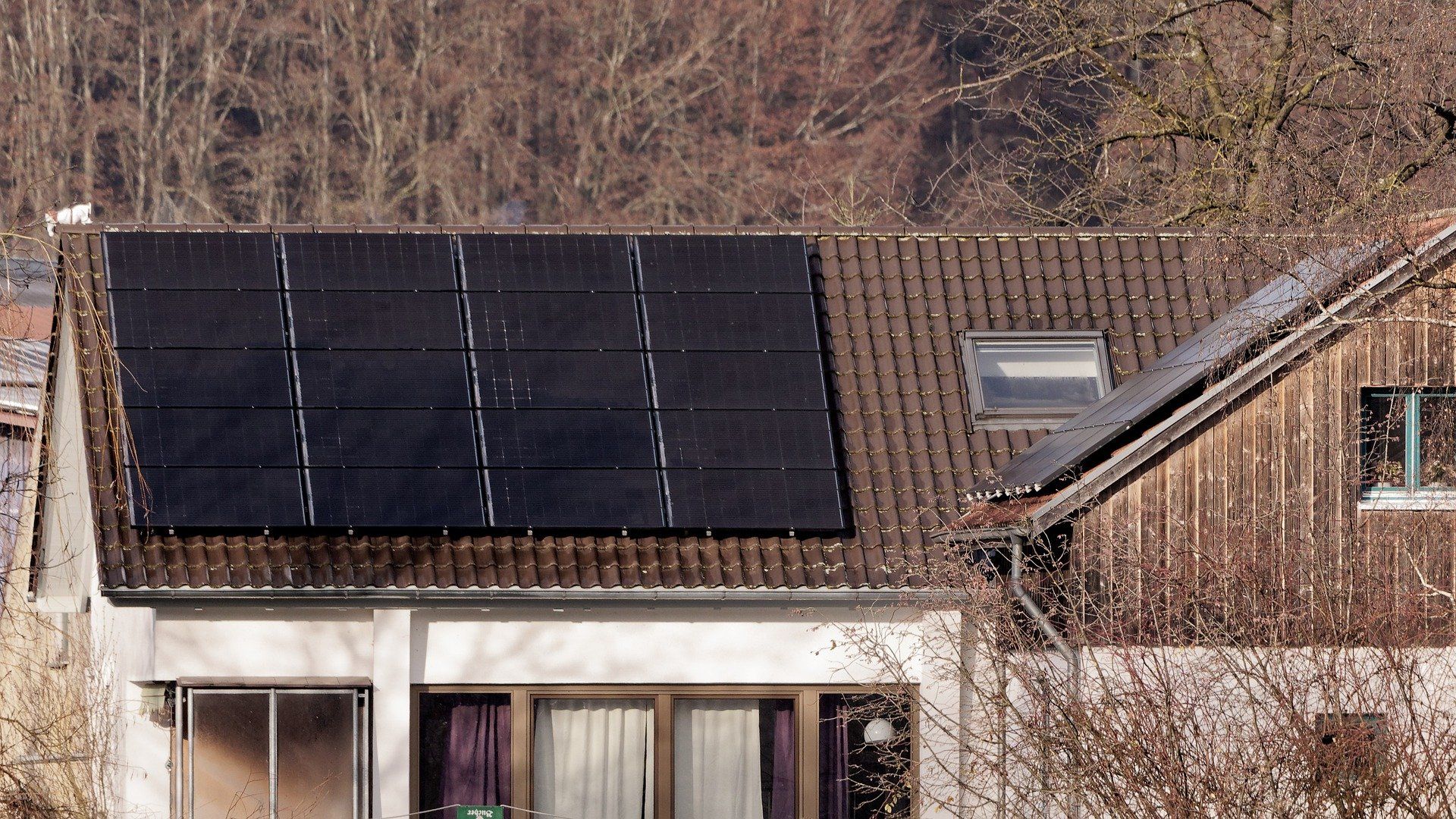
With all the advancements in the Solar PV battery system technologies in the recent years,We now have a vast number of options that can suit different user applications. On the past battery-related articles that we’ve published, we were mainly focused on the utilization of ltihium-ion and lithium-iron-phosphate, lead acid, etc. for general solar PV system applications, for this article we will discuss another battery type that has been around for some time, The Sodium nickel chloride battery.

Brand-new types of battery are taking on the technology spectrum like a wildfire. The emergence of trends in electric vehicles, smartphones, portable power stations, and renewable energy developments prompt a global initiative to create and develop more efficient and safe batteries. These advances create a very healthy competition inside the world of batteries and is certainly advantageous for all the stake-holders, the cost-effectiveness of the batteries will steadily climb in the years to come and will continue to do so. From the perspective of innovators, this opens up a new question, among the rumbling in the battery world, what do you think is the best battery to use for my application? FNX Solar has been really keen on keeping an eye on the market in search for the next best battery to be used in our products. With this, we decided to discuss two of the most used batteries in portable systems, Lithium-ion and Lithium iron phosphate. Lithium-ion(Li-ion) and Lithium iron phosphate(LiFePo) are two of the most used batteries in portable systems. Their energy density and other specifications are most ideal for these types of applications. Though they are both good in their own way, there are differences between them that should be considered before deciding on which one to use. Lithium-ion batteries Lithium-ion batteries can have either Lithium manganese oxide or lithium cobalt oxide for its cathode. Both use graphite for its anode. With a specific energy density of ~100-250 WH per kilogram, it has a nominal voltage of 3.6v. Charge rate can vary from 0.7C to 1.0C. And the discharge rate is 1C for either of the two classes. It is one of the most commonly used battery types for portable electronic systems like smartphones, etc. These batteries are at their best performance for 2-3 years or ~500-1000 charge cycles.
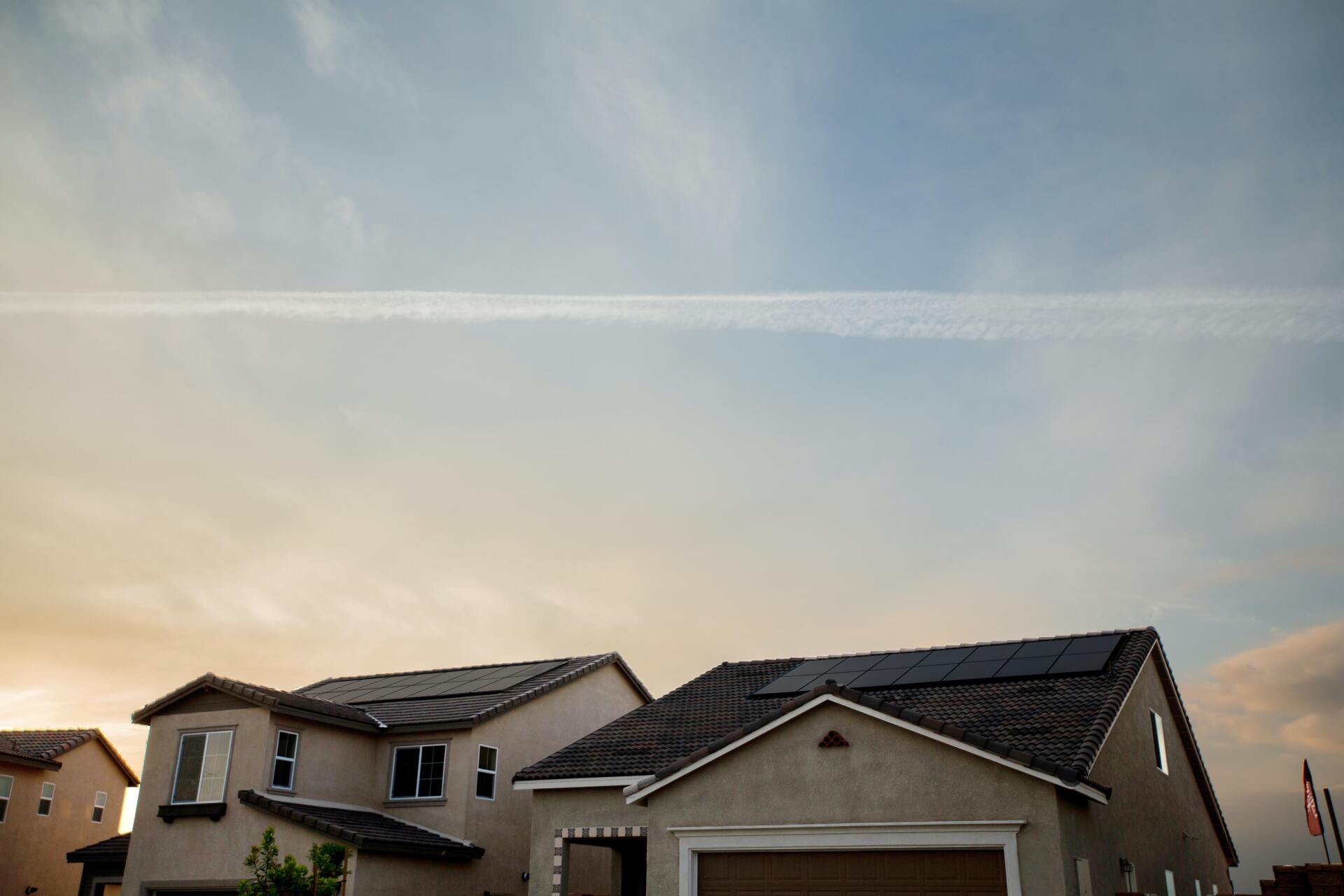
The trend on renewable energy dependency arises world-wide, the curiosity about the latter also increases. Some people just want to gain some ideas regarding the system for some other reason, and some, are thoroughly researching for their plans to have one for their own. The technology is relatively new, but most if not all of us has already heard about it; from afar, it is a very inviting idea, being able to save money from your monthly dues, being able to do your part in saving earth, etc. But you might really need to look deeper into the subject to really understand correctly the right investments to make. Choosing the exact parts for your system might be too huge for a single article like this, Since we already have an article for comparison of the most common solar PV panels , and some discussions about common battery charging voltage , I decided to discuss the next big component down the line, The solar charge controller. The Solar charge controller has two main functions: 1. Prevent overcharging of your batteries. 2. Prevent backflow of electricity from your batteries. Overcharging has been a really major concern since the era of batteries started, it’s not new that this issue must be addressed in all systems that involves the use of batteries. This might cause damage to batteries, or even a bigger problem. For a solar PV system, the solar charge controllers ensure that the battery will not experience this. The device will monitor the voltage of the batteries and cut the supply from the PV panels once a certain voltage level is reached. During the night, the voltage level of the batteries is higher than that of the PV panels, as we all know, electricity travels from higher potential to lower. This might cause damage to the batteries and if the backflow is severe, might completely ruin your PV panels. The charge controller will also prevent that from happening. Now that we have already discussed the purpose of the solar charge controller, let us discuss the different types of charge controller. 1.PWM solar charge controller 2.MPPT solar charge controllers
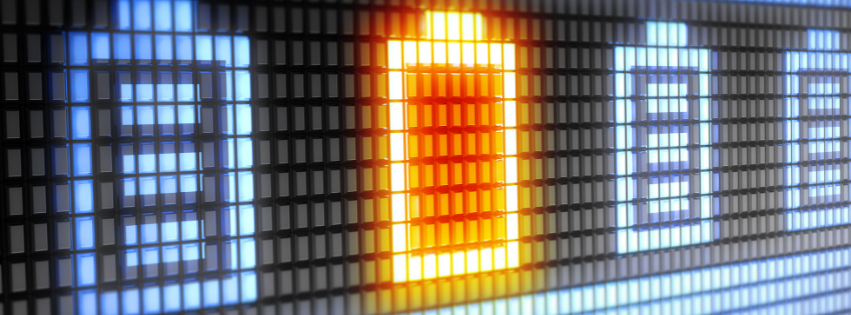
Batteries - one of the most common electrical equipment that we use on a daily basis, from mobile phones, to laptops, to whatever electronic device that we have uses this little prehistoric electrical device to keep going. What are they by the way? According to my old blog(Which I forgot I made), It converts chemical energy into electricity. Going deeper, a battery has 3 necessary parts,a cathode, an anode, and a battery solution The anode, being the negative side of the battery, sends electrons to the cathode when they are in-contact in process known as oxidation, the electrons received by the cathode are then absorbed by the ions on the battery solution in the process known as reduction. This method stores energy inside the battery that can be easily accessed by your electrical circuit. With that being said, lets move further into the details of this short blog. There are many types of batteries, with each one intended for various purposes. And this creates a little bit of complexity on handling, right usage, and, well, choosing the right battery and its condiments for your application. We wont be discussing all the battery shenanigans in this blog though, we’ll just focus on one particular issue that is very popular now as solar charging makes its way into the electric vehicle spectrum. I myself had a hard time trying to decide which particular common battery question I’ll answer, but since we are offering Tourix-Gen3 as part of our product portfolio(https://www.fnxsolar.ca/tourix-gen-3)

You might have heard of this word way before you’ve read this first line. Guys(or gals) that dwells with electronics and those who do not has most probably encountered one of these ingenious machine since birth, without knowing that it’s what keeps our car air-conditioning running. But first, lets have a quick look at some history. One of the largest battle of the industrial revolution is the battle of AC&DC. Both forces fought hand-to-hand to claim the spot of what is the best(safest) type of electricity. Thomas Edison, the owner of American Electric was over his heels keen on making his DC electricity better than AC, he even engaged on throwing mud at Nikola Tesla’s AC by telling the world that it’s unsafe and very dangerous, citing its usage in Electric chairs. Well we already know what happened next, AC prevails and we still use today in a daily basis. So As DC, small electronics among other things receives DC as the optimal electricity for their application. Having two different types of electricity that requires slightly different type of machines to produce is quite a pain in the brain. We need a device that can connect AC to DC and vice versa. Thus, devices that does this were invented to address this. There are two most common types of bridge between the two electric types. 1.) For AC to DC we use Rectifiers, 2.) For DC to AC we use inverters. Now these are two different devices, Rectifiers are easier compared to Inverters by build, So we’ll discuss it first. Rectifiers makes AC turn into DC, it does this by using diodes configured in such way that when the alternating current reverses its direction electrons still flows the same way.
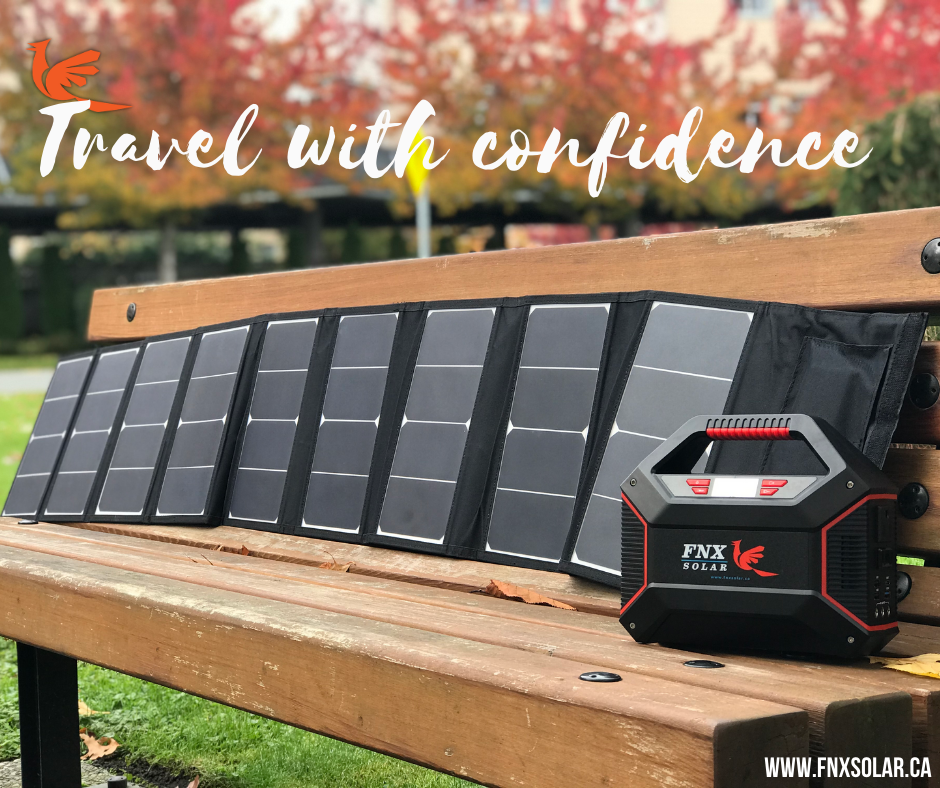
Welcome to 2021! Better late than never! 2020 has been both a challenge and a blessing for us, setting up an organization during these hard times is surely not that easy, but we were able to make it through thanks to your support! FNX Solar has reached hundreds of household just on 2020 alone, and we continue to deliver reliable portable powestations to Canada and Asia as of the moment, with no recorded returns or warranty usage, we can proudly boast our top-of-the-line quality products. As we continue to expand our company, we are excited to announce our new products and ventures.

Solar energy is one of the hottest topics right now. many if not most of energy related companies are getting more interested in solar energy, This is a very good sign for both technology advancement and environmental conservation. (discussion about the history and principle of solar harnessing technology can be found here: https://www.fnxsolar.ca/solar-panel-principle-of-operation-monocrystaline-vs-polycrystaline.)For the record, we are very ecstatic about this progress, some might not appreciate it that much, but this is a very exciting topic. We see this positive development from governments being more assertive in the introduction renewable energy to their countries to the more aggressive production of electric vehicles; Certainly, this is a very good news for nature! but how can we co-relate this to our company's initiative? here's how: FNX-Solar was founded under the idea of giving adventurers the power they need when they're on the go, and a part of it is harnessing free energy from the sun. thus, the company is also interested in developing more efficient methods in harnessing free solar energy. if we get more companies to dwell in this early-stage industry,we can trigger a more competitive atmosphere within that bubble, and as a result, we also get to have better chances of getting cheaper parts for our own interest. This is a win-win situation for both our customers, our company and ultimately, mother nature. however, we can not realize these progress until all the development for the new systems are completed. so as for the mean time, we have no choice but to efficiently use the current available systems; But don’t be sad, technology has been upgrading alot recently, so as a company with the initiative to deliver the most cost-effective system to our customers, we always endeavour to keep with the brand new trends. Our SOLARIX series solar panels have been in the market for months, with the primary objective of making it one of the most(if not the most) sought-after foldable portable solar panel in the market, we started developing it with sustainability and efficiency in mind. it might look like just another solar panel but believe me, there is more than how it looks. here are some.feature of our highest W panel, the SOLARIX-60:
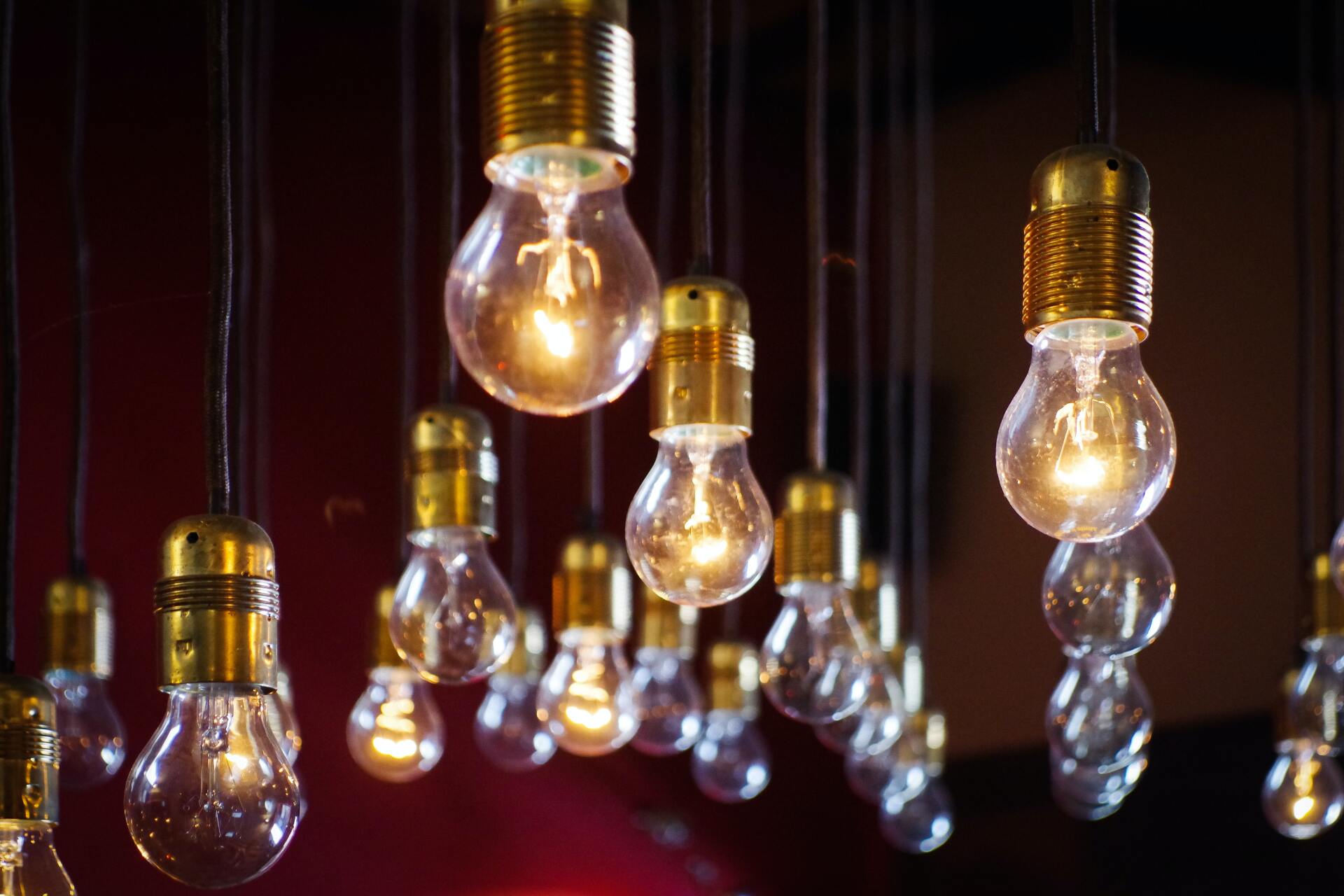
As an electrical engineer by profession, I often get the “How much would it cost me to go solar?” question, I can’t blame them for sure, the promise of going off-grid is quite mesmerizing, but alongside this exciting feat lurks some things we should know before buying your first PV system - but before we get into that, let’s get familiar with terms first: A generator is a machine that converts mechanical energy into electrical energy via electro-magnetic induction,
This pandemic has brought several challenges along with the virus itself. Aside from the health of the general populace (most important), the economic effect in all known industry is also evident. For the past few days, news circulating in media outlets have recorded several business downfalls and economic recessions that we wouldn’t have thought a year ago. According to Reuters, Australia has recorded worst economic drop in 30 years as the pandemic shut down businesses while cases continue to threaten normalization. Other countries are also experiencing hard times as we continuously muscle our way out of this quicksand. In our part, thou our workforce has been slashed down significantly, we are still managing to complete products in an “OK” rate, We admit that our production capabilities has been slowed down, and some of the customers have even agreed to purchase our unofficial roll-outs(same with the actual product but was supposedly for performance testing and marketing only) for our newer products, and it is quite surprising for us - Based from the feedback and the overwhelming number of inquiries that we have received, we have stepped up our production efforts - As of this moment, our production team is working non-stop as we take extra steps to guarantee continuous delivery for our customers and future customers. The newest addition to the FLEX-GEN family, the FLEX-GEN 500, has received a huge number of inquiries for the past month, we had to spend more time in the production for these particular unit just to fulfill our market projection. Luckily, after an intense month of building our supplies,several batches of FG500 and its older brother FG200 is now on its way to Canada and the Philippines.















